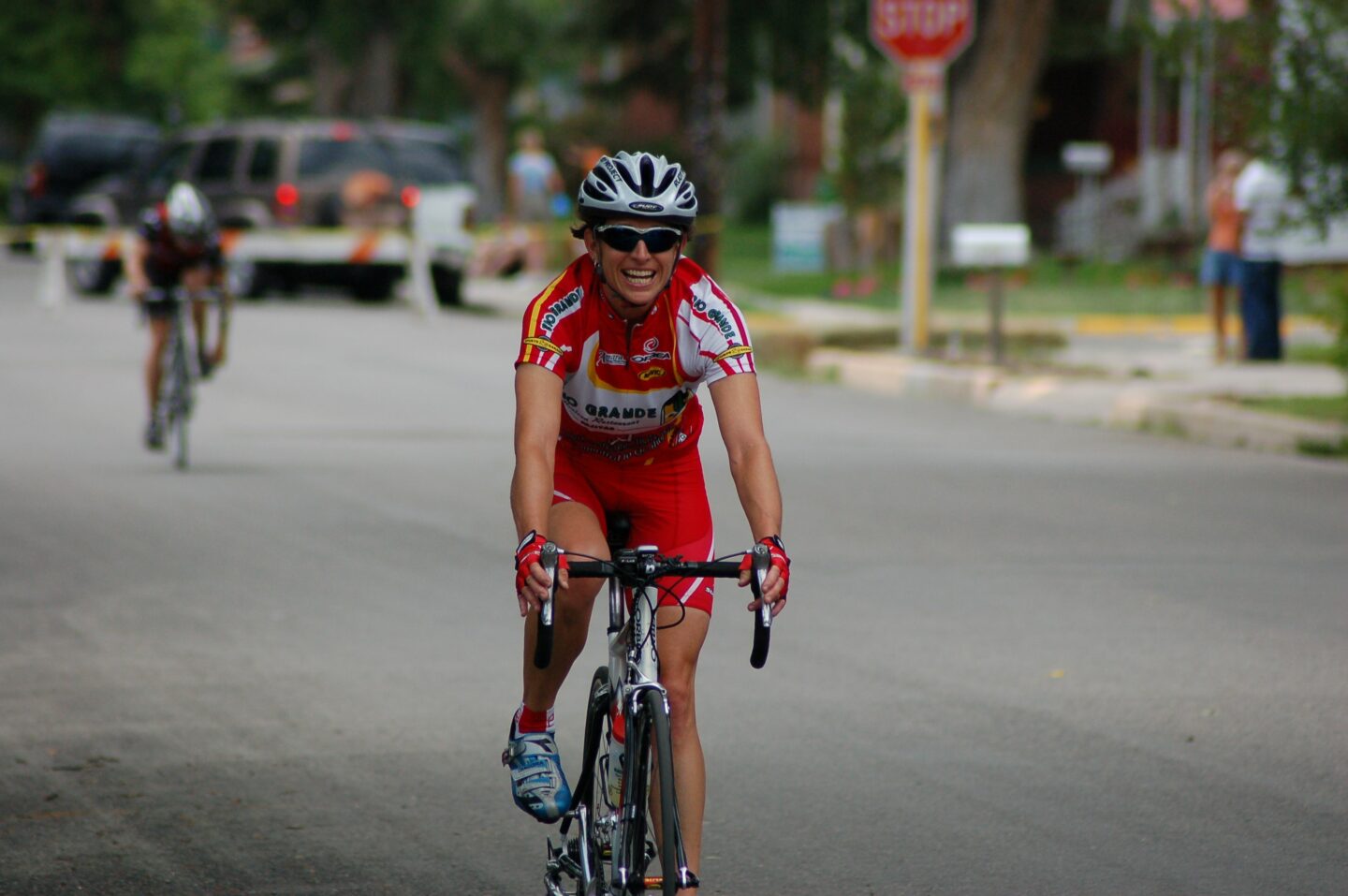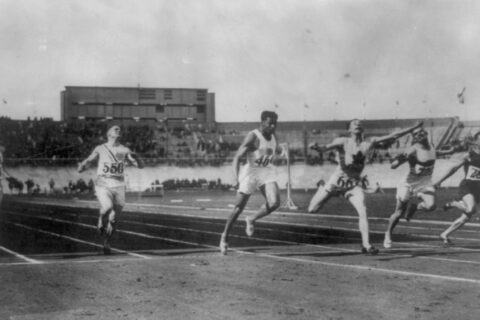Coach Trevor Connor presents the season plan he created for Cynthia, a female masters athlete based in Colorado. Connor’s plan includes the training detail for the final weeks leading up to Nationals.
Coach Trevor Connor presents the season plan he created for Cynthia, a female masters athlete based in Colorado. Connor’s plan includes the training detail for the final weeks leading up to Nationals.





